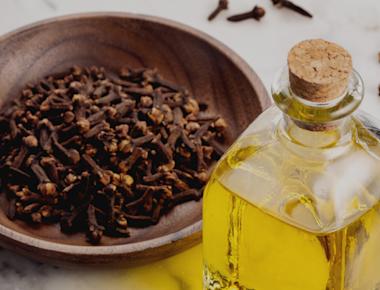

Table Of Contents
Prevention of Hypoglycemia in Children with Type 1 Diabetes
Management of children with type 1 diabetes (T1DM) during physical activity includes intensive blood glucose monitoring and proper insulin and nutritional adjustments to prevent hypoglycemia. Regarding the treatment of hypoglycemia during physical activity, different types of rapid-acting carbohydrates (CHO) can be used, and recommendations are still debated.
What is Hypoglycemia?
Hypoglycemia is a problem that can happen when someone has type 1 diabetes. The most common hypoglycemia occurs when someone takes too much insulin that the blood sugar levels go too low. Treating hypoglycemia raises the person’s blood sugar levels (BSL) back to normal. Usually, this is done by giving glucose in a tablet or drink. How much glucose a child needs to take depends on their body size, the type of insulin therapy, how long and intense their physical activity was before their blood sugar levels went low, and other factors.
The Role of Carbohydrates in Hypoglycemia Prevention
The type of carbohydrate is important for people with diabetes. Glucose was found to work faster than sucrose and fructose. Some studies say that glucose and orange juice are equally effective, while others say that glucose tablets and orange juice are equally effective. After eating a rapid-acting carbohydrate, additional carbohydrates in fruit, bread, cereal, or milk should be eaten to prevent hypoglycemia from happening again.
Specific recommendations are available to manage physical activity in children with type 1 diabetes so that they do not get hypoglycemia. These include intensive blood sugar monitoring, adjusting insulin and nutrition as needed, and having a mean dose of 12 grams of glucose ready to treat exercise- or sport-associated hypoglycemia in adults. There is no data on treating hypoglycemia during prolonged aerobic physical activity in children with type 1 diabetes, so we studied that.
The study aimed to see if different rapid-acting carbohydrates (CHO) would help people with low blood sugar levels during prolonged aerobic activities. The primary outcome was the average rise in blood sugar levels after treatment of hypoglycemia and how long was the time spent in a hypoglycemic state. The secondary outcome was the rate of reduction in insulin usage at the end of the camp compared with their use before the camping trip.
The Study Method on Rapid-Acting Carbohydrates (CHO) for Type 1 Diabetics
21 subjects with T1DM, aged 12-16 years, agreed to be recruited for the study. All participants took part in a trekking camp for five days, with a 70-kilometer itinerary, and each day included a 10 to 18-kilometer walk at a 300-meter elevation. A “flash monitoring” device was put on every participant three days before the trip, and insulin and nutritional adjustments were made according to a protocol. Subjects were randomized into three groups: Group 1 had to correct hypoglycemia with 0.3 gram/kilogram (g/Kg) of a glucose preparation; Group 2 used sugar fondant candies; Group 3 used fruit juice.
All patients were on the basal-bolus insulin regimen. A rapid insulin analog before every main meal was adopted. Participants were free of diabetic complications.
The Result
No significant differences were highlighted among the three treatments regarding time spent in hypoglycemia, rise in blood glucose levels, and the number of hypoglycemic events after correction of hypoglycemia.
The Conclusion
This study suggests that 0.3 g/Kg of rapidly-acting CHO in glucose, sugar fondant, or orange juice effectively resolves hypoglycemia in children in 15 minutes during aerobic prolonged physical activity.
Reference
Health Enthusiast
Expertise
Subscribe to our newsletter!
Quick Links
Legal Stuff








